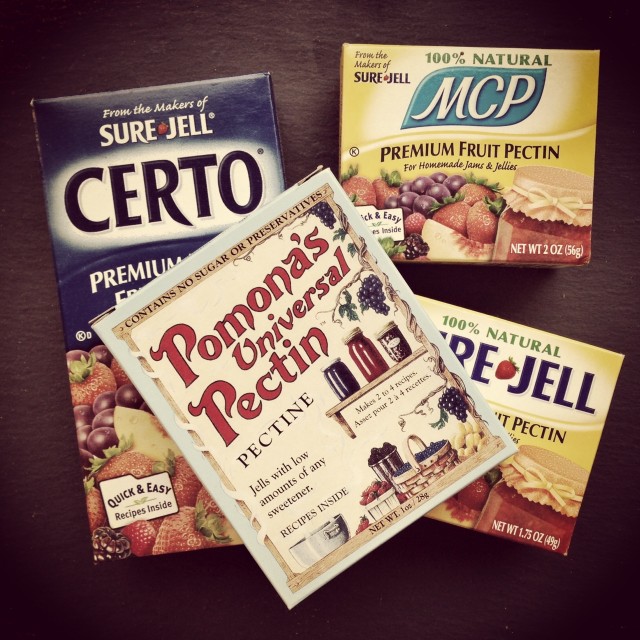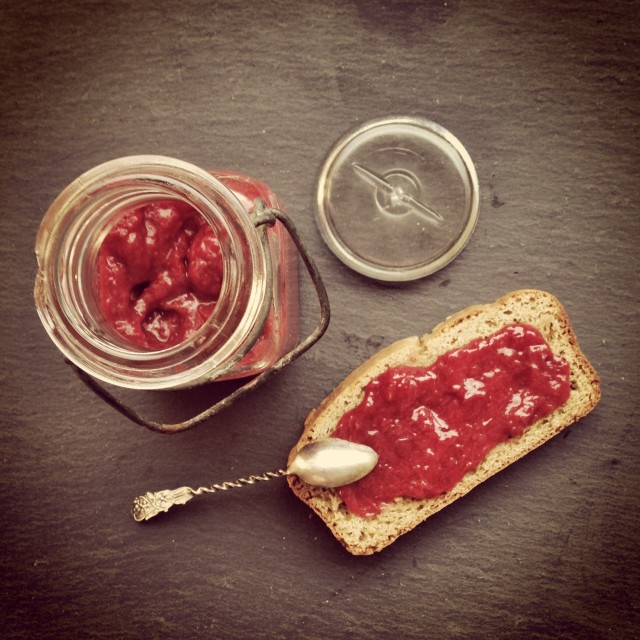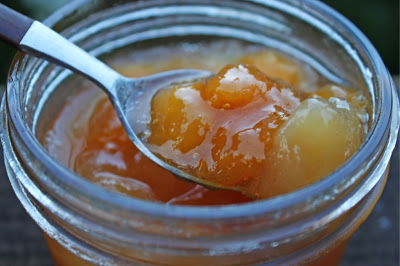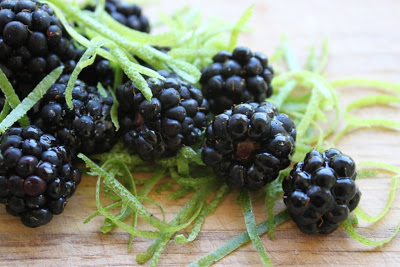A mystic is someone who wants to understand the universe, but is too lazy to study physics.
~ Anonymous
I recently stumbled across that quote and thought, well, that’s true for me. I’m much more interested in soul than science, even though I ultimately don’t think it matters very much. It’s like the ouroboros — the snake eating its own tail. Somewhere in a vast darkness, science and mysticism probably join together in ways no one could possibly explain. Some of us travel one way, some another, but it all folds together, eventually.
The other thing I thought about when I read that quote was pectin. Honestly. Pectin has been on my mind because I’m contemplating the best ways to make jam without added sugar and my new diet says I can’t add pectin to them. I don’t often use added pectin, anyway, but I really don’t like losing my options. So I’ve had to think about it, and that hasn’t come naturally. I’d rather not study the science of pectin. I just want to understand whether or not I can use it and, if I do, I want it to work. Like magic, preferably. I suppose I’m a pectin mystic.
Both the SCD (Specific-Carbohydrate Diet) and GAPS (Gut and Psychology Syndrome) diet tell followers to stay away from added pectin. (The diets are very similar to one another and I’m incorporating elements of both into my new plan. Here’s a useful post on the blog Health, Home & Happiness explaining some of the similarities and differences between the two.) Both say that consuming the natural pectin in a piece of fruit is fine — provided we don’t sit down and eat a bushel of apples — so why are we supposed to stay away from added pectin in jams and jellies?
I found two reasons:
- These diets are, in part, about avoiding polysaccharides — that is, complex, hard-to-digest sugars — and that’s what pectin is. (I found this explanation of monosaccharides, disaccharides, and polysaccharides, written for kids, to be very helpful.)
- Elaine Gottschall, who pioneered the SCD, explained that “pectin is an indigestible soluble fiber which is normally not digested but which increases microbial (bacteria and yeast) growth when it reaches the lower part of the tract. It appears that the amount in fruit is not too much of a problem (although it may be the reason for gas after eating fruit). If you add pectin you are adding more nourishment for the yeast and bacteria we are trying to starve out.” (From SCDdiet.org.) The American Cancer Society confirms this in part, stating “Pectin in its natural form cannot be absorbed by the body and is considered a type of soluble dietary fiber.” (But the ACS also goes on to say that there’s a kind of lab-modified pectin that can be absorbed into the bloodstream. Below, there’s a bit of information about Sure Jell’s MCP, or “modified citrus pectin,” which has been altered in this way.)
Now, even if I accept both of these points, I have to ask another question: Is the digestive system going to get so bugged by, say, one teaspoon of naturally derived Pomona’s Pectin in an entire batch of jam — of which I will eat one occasional tablespoon at a time — that I have to lay off? The answer to that is surely going to depend on the individual gut. I plan to experiment to see what works for me.
Meanwhile, needing to avoid sugar and wanting to find the healthiest choices, I was seized by an impulse to view the ingredient lists for the different kinds of added pectin that most of us use. Here’s a summary:
Traditional Pectin


Sure Jell MCP: Dextrose, fruit pectin, citric acid. (MCP stands for “modified citrus pectin.” As mentioned above, the American Cancer Society says that this is the form of pectin that has been altered so the digestive tract can more easily handle it. I wish it didn’t contain sugar! For some reason, you’ll only find Sure Jell MCP in stores on the West Coast or, sometimes, online. When I have used traditional pectin in the past, I’ve liked this one best because I found the set to be more natural.)



Natural Pectin Sold Commercially

Powdered Apple Pectin: Usually, what’s in powdered apple pectin is powdered apple pectin, and that’s all. You can find it by searching online or, perhaps, at your local health food store. I’ve never used it, but it was recently recommended to me by Tamika at Belle Jar Canning.
Homemade Pectin
Cooked Apple Pectin: This is pectin you make and process in a water-bath canner at home using just apples, or apples plus little bit of lemon juice. You can find written instructions at Pick Your Own. I also found this video to be quite entertaining. It includes details for making your own pectin, including testing for pectin strength using the rubbing alcohol test. She also gives tips on how to use it.
Citrus Pectin: You can make citrus pectin from citrus peels and pith. It’s bitter, so you’d probably want to use it only in preserves where that would be complementary. What Julia Ate explains how to make it and shares some other tips about it.
Let’s Call the Whole Thing Off?
After all this reading and thinking, the pectin question is still gnarly. I don’t think I’d balk — for digestive reasons — at the idea of adding Pomona’s or pure apple pectin to a preserve. (In fact, I’ll be sure to make a batch of homemade apple pectin when fall comes around.) If it turned out to be a problem, I’d stop.
But there’s still the significant issue of freshness: Preserves made without refined sugar just don’t keep as well in jars. They won’t kill you but, without sugar, the color and flavor go slack much sooner. For this reason, I’d be inclined to preserve no-added-sugar jams only in very small batches and to use what I’ve made within, say, six months. (I’ve posted a couple of sugar-free recipes like this in the past: cherry blueberry jam and pear lemon jam.)
What’s making most sense to me now is to make fruit spreads as I need them. I’ve started tinkering with recipes to make a perfect half-pint of jam without added sugar. I pop it into the fridge and eat it over the course of a couple of weeks. That’s what I did with the strawberry, rhubarb, lime & honey jam in the photo above. (Oh! And I almost forgot to say, the bread is grain-free and awesome.) I make sure to keep this jam in a jar that I really love — like a vintage wire-bail — because it feels like a special occasion every time I use it. So tell me, would you like recipes for tiny jams like these, or is that too easy for you? Also, if you have your own experiences with and feedback about pectin that you’d like to share, please go for it in the comments!







